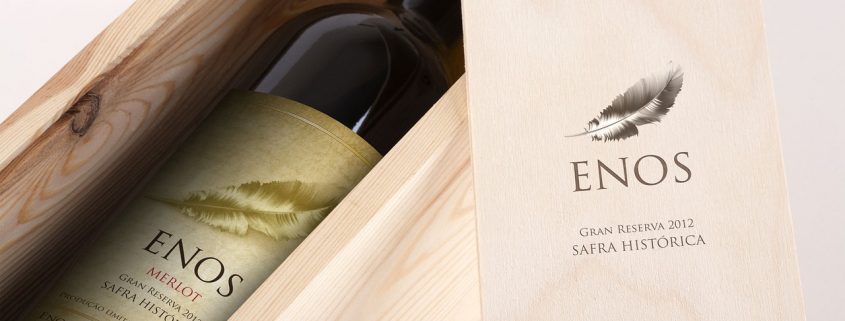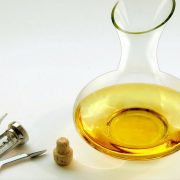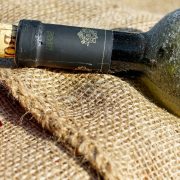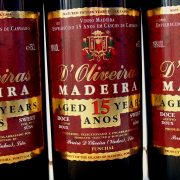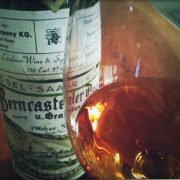Merlot
General
With 550,000 acres planted, and almost every wine-growing country producing it, Merlot has become an international grape. It home is the Right Bank of Bordeaux, where it is often blended with Cabernet Sauvignon and Cabernet Franc. There are also significant plantings in the south of France, Northeast Italy, California, Chile and Australia. Merlot surged in popularity in the 1990’s, but boring wines caused consumers to stop buying it a decade later. Merlot is capable of making some of the greatest reds on the planet, but it is rarely at its best.
Growing attributes
Merlot can be grown in cool, medium or warm climates. It is the first to flower of the Bordeaux Varietals, and is typically picked two weeks before Cabernet Sauvignon. These two weeks can be important as cool weather can cause grapes still on the vine not to ripen. If harvest is delayed even a couple days in hot weather, sugar levels can spike, leading to a decline in quality.
Which soils they work well with
Merlot can grow a variety of different soils, although it seems to prefer cold soils with a high proportion of clay. Vines grown in clay produce heavier wines, while sand produces lighter wines. In Bordeaux, Merlot excels in St. Emilion and Pomerol. The area in and around St Emillion has a thin layer of gravel over limestone, becoming clay as you head up the slope to town. Limestone remains cooler thought the day, so this is good for merlot, as it is an early ripener. Pomerol is another gravel bank, turning into sand as you move west toward the river. Merlot does better here as there is a lot of limestone, and these wines are also ready to drink sooner. Furthest west is Fronsac, where limestone slopes encourage merlot – although more rustic than Pomerol. Elsewhere in the world, merlot is an easy grape to grow. It likes higher ground with well-draining soils. It will over-crop if soils are too fertile, and produce “flabby” wines if grown in too hot a climate.
Attributes of the grape berry itself
Merlot grows in loose bunches of large berries. The skin of Merlot is thinner than Cabernet, making it more susceptible to Botrytis. If rain happens during flowering, the vine is prone to develop coulure.
Resulting styles of wine
Merlot tends to be dark-colored, full-bodied, low or medium in tannin. It is almost always oaked. Typical aromas and flavors are plum, blackberry, violets, black cherry, game, fruitcake, coffee and chocolate. Some single-varietal merlots can be as powerful as Cabernet, but the majority tend to less tense and tannic, and will mature in the bottle quicker.
It is a proportion, and often the majority of Bordeaux blends, used to fill in Cabernets angular frame. It is often capable of producing a more appealing wine for the money than Cabernet Sauvignon. Northeastern Italian merlot is lighter and grassier, and often bears no resemblance to Bordeaux. It is also grown in Tuscany, to be blended with Sangiovese in basic Chianti. In the United States, it is blended with other Bordeaux varietals and called Meritage. Chile produces a lot of single varietal merlot, although recent findings have proven that many vineyards were actually planted to Carmenere.

